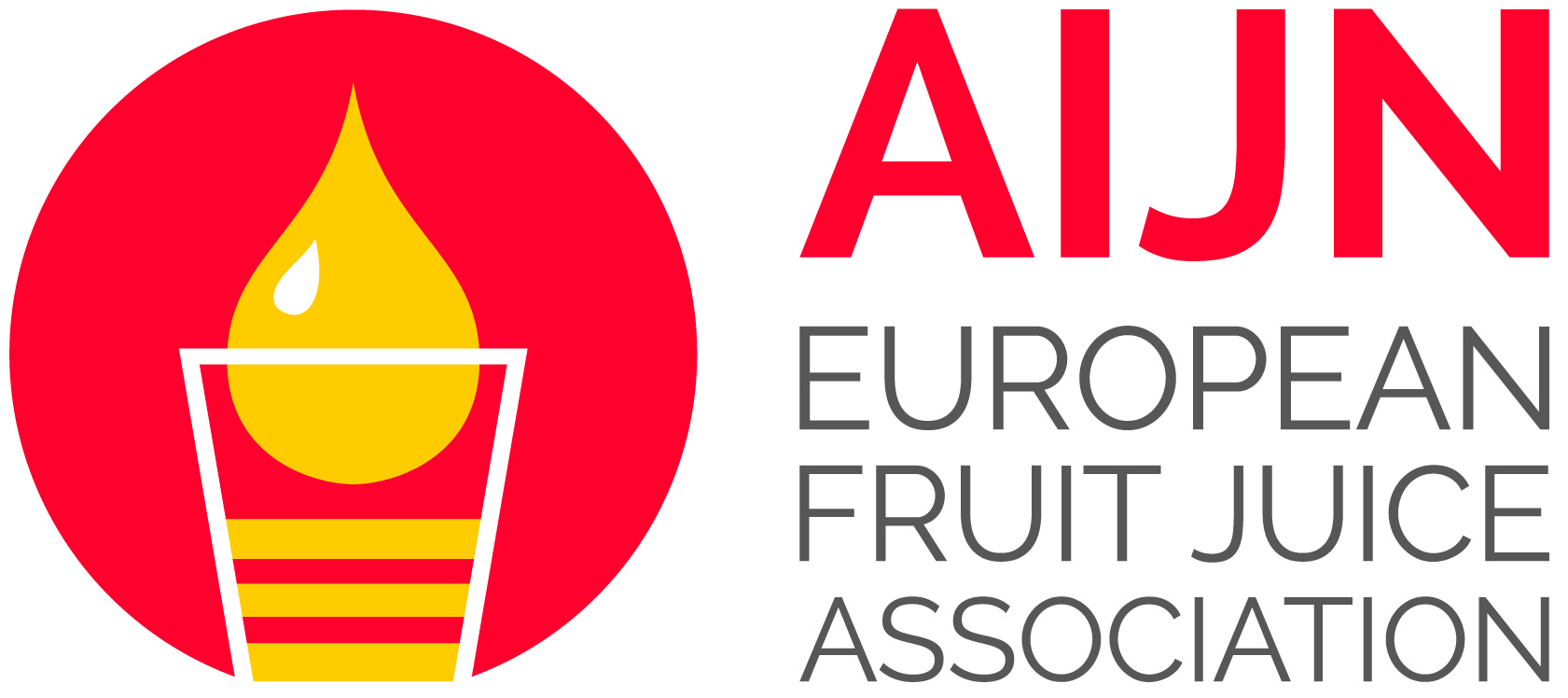Code Of Practice
Grape
The Reference Guideline for Grape Juice seeks to define various acceptability parameters for grape juice.
The parameters are listed under 2 sections:
- Section A contains various parameters that characterise the absolute quality requirements. They are considered as being mandatory for all grape juices marketed in the European Union.
- Section B contains various criteria relevant to the evaluation of identity and authenticity. It also contains some less critical quality criteria. It is crucial for users of this guideline to understand that a valid conclusion, regarding the authenticity of a particular sample, can only be reached providing the analytical picture has been subject to expert interpretation. If some parameters do not fall within the values quoted in Section B this does not mean, automatically, that the sample is adulterated. In addition, it should not be seen as a list of analytes that all have to be measured. Rather, it is a source of information for experts to use to dedicate which particular aspects of the juice needs to be investigated.
The values and comments in this guideline are based on pure, authentic juices, without permitted ingredients and/or additives, exhibiting the characteristic colour and flavour of the named fruit.
Grape juice is obtained, by definition of the EC Directive from mature and sound fruit by mechanical processes and is treated by physical means.
It is understood that:
- the parameters are based upon grape juice made from fruit of Vitis vinifera L. although other species like Vitis labrusca can legally be used.
- grape juice can be cloudy or clear.
- as most fruit is processed into juice the values in this reference guide are expressed on a volume basis e.g. in g or mg/l.
- only the treatments and processes regulated by the Fruit Juice Directive are permitted.
- for the reconstitution of concentrated fruit juices potable water should be used.
- the use of additives is regulated by horizontal EU legislation.
Various types and origins of fruit of industrial significance were subject to comprehensive analysis to provide the values found in this guideline. To help in their interpretation please read carefully the associated commentary notes.
